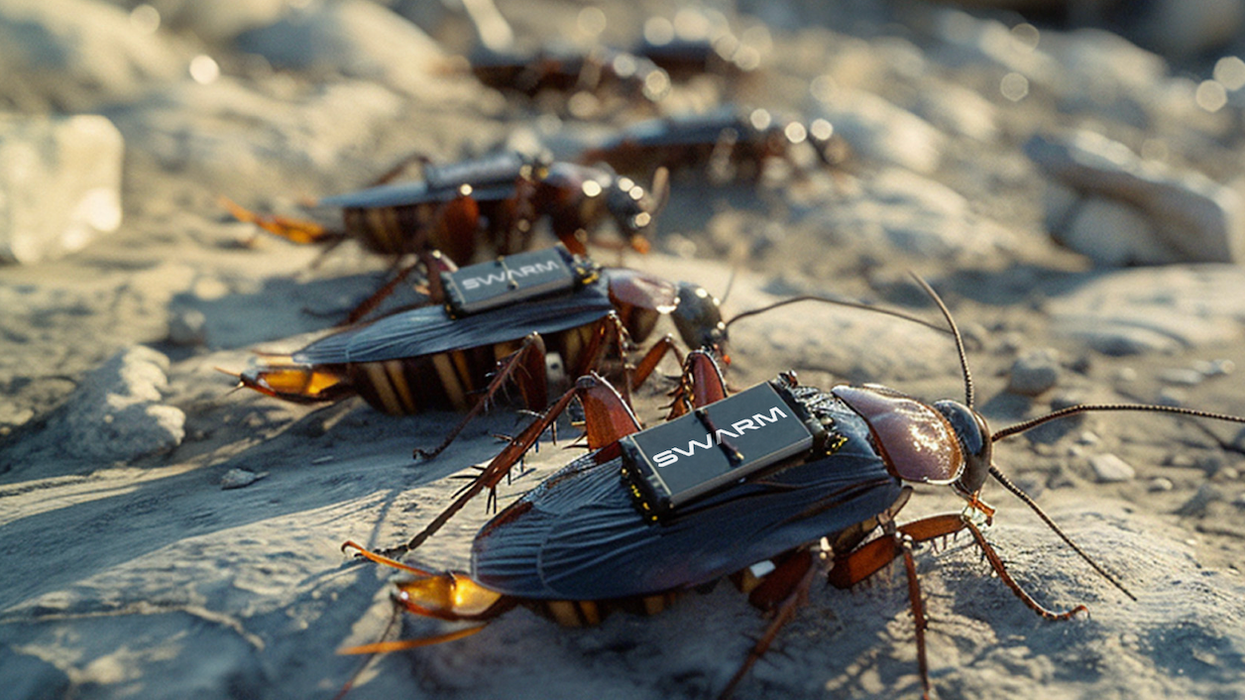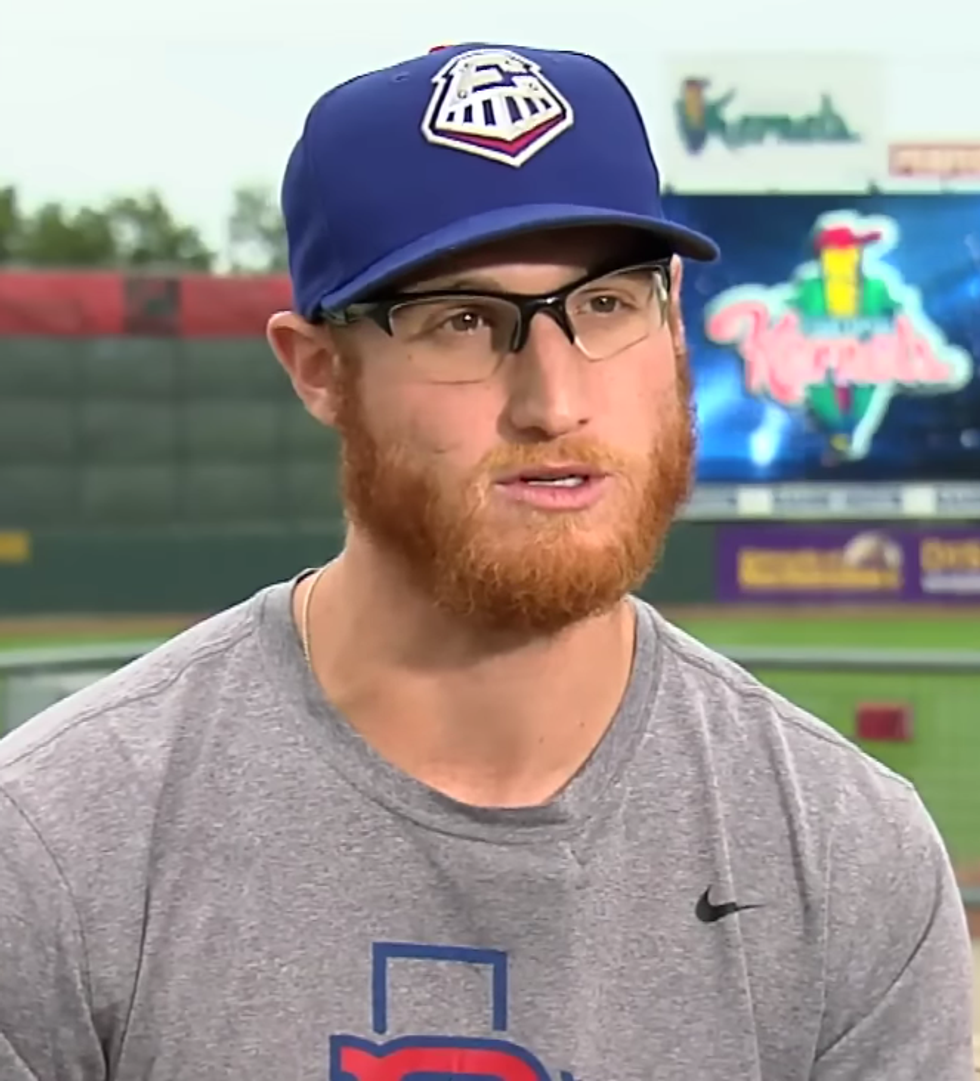Death is usually seen as dark, something devoid of colors. But when Gabriela Reyes Fuchs, a Mexican photographer gazed into the hollow of death, she was astounded. It was her father’s death that led her to investigate the ideas of the continuum of existence, the nature of life, death, and consciousness. As she examined her late father’s ashes under a power microscope, she hadn’t expected what she saw. Death wasn’t dull, it was full of colors. From that moment on, her entire worldview collapsed, her notions shattered, and she healed from the grief that her father’s death had caused. She shared her mystical story in a 2018 TED talk.

It was 2012. When doctors told Gabriela that her father had a 98% chance of not surviving, she focused on the 2% chance he had. But it wasn’t too long before her father, who himself was a doctor, died. She saw her father’s body zipped inside a black bag and felt devastated. “Reality didn’t make sense anymore,” she said in the TED video. Her heart was wrenching with grief, and she couldn’t make sense of this idea of “death.” She contemplated “consciousness after death.” Then one day, suddenly, a desire bubbled inside her, “It was a very crazy feeling, but I didn’t question it. I wanted to see the ashes of my father under a microscope,” she recollected.

As part of her investigation, Gabriela took her father’s ashes to the UNAM MicroFilm Lab, where she examined them using a bright field microscope, per MutualArt. Although the scientists there told her she would see nothing in these ashes except for powdery specks of black, white, and gray colors, she did what she felt like doing. And what she saw, turned her perspective upside down.
Instead of just dark matter that ashes appear to be, she was confronted with colorful nebulae glowing with a pearlescent illumination. The image lit up with a fluorescent vastness teeming with clusters of planet-like objects, plumes of bright purple and pink dust with balls of light in orange, yellow, greens, and blues, and starry flecks stippling throughout the image. It was like a miniature galaxy. “What I discovered for me was a watershed and changed my entire understanding of the universe, of life, of death,” Gabriela told the Spanish paper El Pais.

“All the fear disappeared. I felt no separation from anything. Atoms have been part of me and you and everything in this universe and so what we fear about death is the unknown,” she exclaimed recalling this instance in the TED talk.
But this is not just Gabriela’s metaphysical experience that illustrates that human beings are made of the same matter as space is made of. Carl Sagan is famously known to have said, “The cosmos is within us. We are made of star stuff.” In 1929, the Harvard astronomer Harlow Shapley proclaimed, “We organic beings who call ourselves humans are made of the same stuff as the stars,” per the New York Times.

Plus, it has been proven that the atoms of carbon, nitrogen, and oxygen in human bodies were also created 4.5 billion years ago when the Big Bang happened, per Live Science. When massive stars collapse, they cast a bright and violent astronomical phenomenon called “supernova.” When these supernovas explode, they spew large quantities of stardust into interstellar space, which includes elements like gold, silver, and platinum. This stardust then becomes the flesh and bones of human bodies. When Gabriela discovered this, she was fascinated. Now, she had a purpose for her life.
She created a project called “Dead Soon,” with photos and recordings of her father's ashes, which were exhibited in Mexico, Canada, and the United States. Her project went viral and people began to write letters and emails to her, asking her if they too could catch a glimpse into the ashes of their loved ones.
Gabriela patented the scientific process that she used to examine her father’s ashes and later created a company, InnerStela. Currently, her Dead Soon project enables people to transcend boundaries between life and death, finite and infinite, by having glimpses into the abysmal chasm of the universe through the ashes of the human remains. This, she said, allows her to accompany people in their grief, and transform her perspectives about life. “We can look at death from a different, refreshing perspective. More so, we can look at life from a refreshing perspective.” We are, each of us, a little universe!





















 A road near equatorial Atlantic OceanCanva
A road near equatorial Atlantic OceanCanva Waves crash against rocksCanva
Waves crash against rocksCanva
 Older woman drinking coffee and looking out the window.Photo credit:
Older woman drinking coffee and looking out the window.Photo credit:  An older woman meditates in a park.Photo credit:
An older woman meditates in a park.Photo credit:  Father and Daughter pose for a family picture.Photo credit:
Father and Daughter pose for a family picture.Photo credit:  Woman receives a vaccine shot.Photo credit:
Woman receives a vaccine shot.Photo credit: 
 Image artifacts (diffraction spikes and vertical streaks) appearing in a CCD image of a major solar flare due to the excess incident radiation
Image artifacts (diffraction spikes and vertical streaks) appearing in a CCD image of a major solar flare due to the excess incident radiation
 Brady Feigl in February 2019.
Brady Feigl in February 2019.
 Yonaguni Monument, as seen from the south of the formation.
Yonaguni Monument, as seen from the south of the formation.